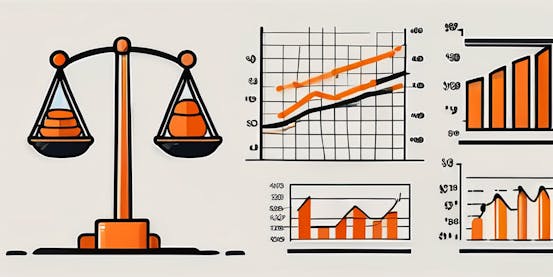Featured Topics
Latest from WikiJob

10 Essential Self-Regulation Strategies for Professional Success

100 Affirmations for Confidence and Workplace Success

15 Must-Have Desk Exercise Equipment for a Healthier Workday
Trending

Recognizing and Addressing Toxic Behavior in the Workplace

80 Good Morning Motivational Quotes

Top 30 Relaxing Hobbies to De-Stress After Work

10 Personal Development Goals That Can Enhance Workplace Performance

How to Improve Self Esteem in the Workplace: 10 Strategies

How to Stop Being Insecure at Work: 9 Tips to Build Confidence and Self-Esteem

Learn Something New Every Day: Elevating Your Career Through Daily Learning

Mentally Drained in the Workplace: Recognizing Symptoms, Identifying Causes, and Implementing Coping Strategies

7 Practical Tips on How to Get People to Like You at Work
More Top Reads

Combating Workplace Social Loafing: 7 Strategies to Boost Team Productivity and Engagement

What Causes a Lack of Motivation? Plus 10 Tips to Get It Back

What Is Options Trading? Definition, Types and Strategies

How to Buy Algorand (ALGO) – Step-by-Step Guide

What Is Futures Trading? Everything You Need to Know

What Is a PIP in Forex? Definition and How Does it Work?

How to Buy Aave (AAVE) – Step-by-Step Guide

How to Organise Your Desk for Physical and Mental Clarity
Competencies
Explore the main competencies employers look for when assessing candidates at interview.
Key Competencies
Find out about the most important key competencies that firms look for in candidates and how to demonstrate them effectively at interview.
Key CompetenciesCore Competencies
Discover the most common core competencies that employers want to see and how to demonstrate each of them.
Core CompetenciesInterpersonal Skills
What are the 10 interpersonal skills employers value most? Read definitions, get examples and learn how to demonstrate them effectively.
Interpersonal SkillsSoft Skills
Learn about the 10 key interpersonal skills you will need to demonstrate and why they are important.
Soft SkillsCommunication
Good communication skills are vital to all employers. Find out about the top 10 communication skills that employers want to see.
CommunicationTransferable Skills
Transferable skills are particularly vital when applying for graduate jobs. Find out how to demonstrate the 10 most important.
Transferable SkillsTechnical Skills
Find out the key skills you will need to demonstrate for technical graduate jobs and how to push them at interview.
Technical SkillsProblem-Solving
Find out what problem-solving skills are and why it is important to graduate employers. With example questions.
Problem-SolvingInterview Questions
When preparing for an interview, it’s important that you familiarise yourself with the kinds of questions that are most likely to be posed, and think about how you might approach your answers. These articles offer detailed explanations and examples relating to the most used interview questions to help you prepare.















